|
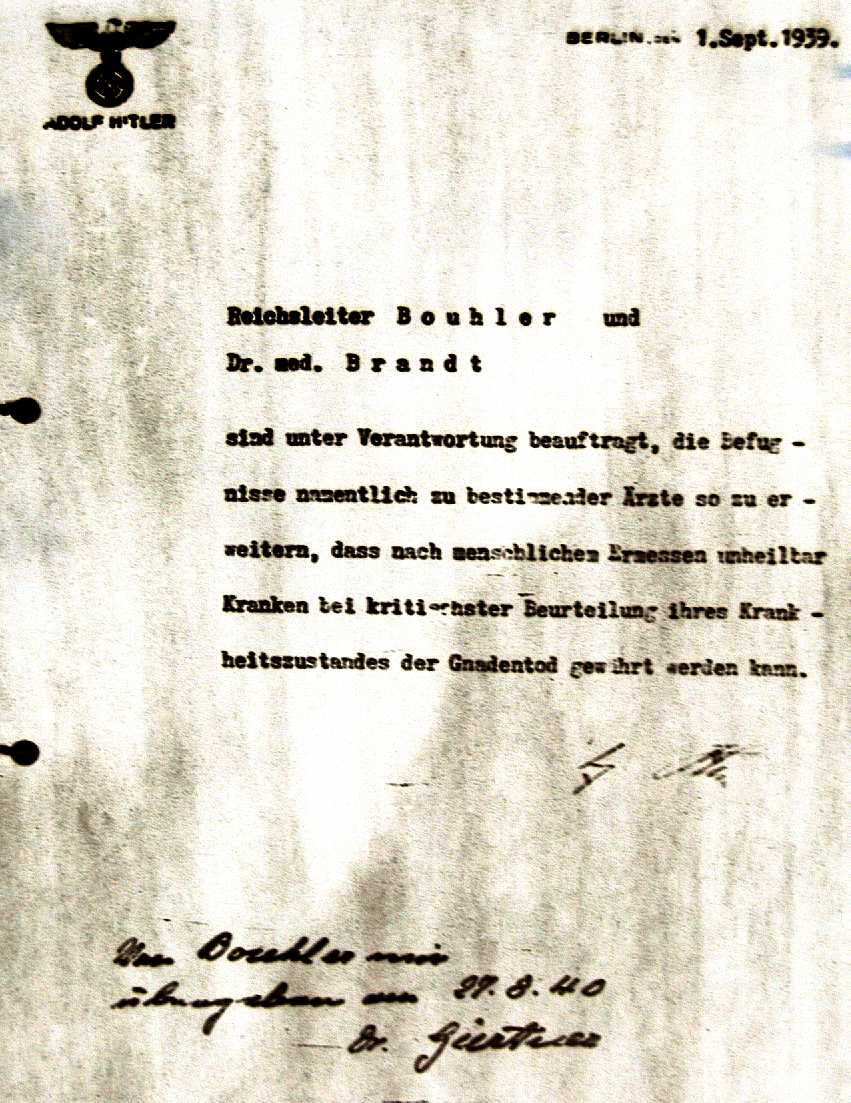
A
letter from Adolf Hitler to Phillip Bouhler and Dr Brandt authorizing
the programme that would lead to the death
camps.
In early 1942, Zyklon B emerged as the preferred killing tool of Nazi Germany for use in extermination camps during the Holocaust. The chemical was used to kill roughly one million people in gas chambers installed in extermination camps at Auschwitz-Birkenau, Majdanek, and elsewhere. Most of the victims were Jews, and by far the majority killed using this method died at Auschwitz. Zyklon B was supplied to concentration camps at Mauthausen, Dachau, and Buchenwald by the distributor Heli, and to Auschwitz and Majdanek by Testa. Camps also occasionally bought Zyklon B directly from the manufacturers.
Of the 729 metric tons of Zyklon B sold in Germany in 1942-44, 56 metric tons (about 8 percent of domestic sales) were sold to concentration camps. Auschwitz received 23.8 tons, of which 6 tons were used for fumigation. The remainder was used in the gas chambers or lost to spoilage (the product had a stated shelf life of only three months). Testa conducted fumigations for the Wehrmacht and supplied them with Zyklon B. They also offered courses to the SS in the safe handling and use of the material for fumigation purposes. In April 1941, the German
agriculture and interior ministries designated the SS as an authorized applier of the chemical, and thus they were able to use it without any further training or governmental oversight.
Rudolf Höss, commandant of Auschwitz, said that the use of Zyklon-B to kill prisoners came about on the initiative of one of his subordinates, SS-Hauptsturmführer (captain) Karl Fritzsch, who used the substance to kill some Russian POWs in late August 1941 in the basement of Block 11 in the main camp. The experiment was repeated on more Russian POWs, with Höss watching, in September. Block 11 proved unsuitable for mass killings, as the basement was difficult to air out afterwards and the crematorium (Crematorium I, which operated until July 1942) was some distance away. The site of the killings was moved to Crematorium I, where more than 700 victims could be killed at
once. By the middle of 1942, the operation was moved to Auschwitz II–Birkenau, a nearby satellite camp which had been under construction since October 1941.
The first gas chamber at Auschwitz II–Birkenau was the "red house" (called Bunker 1 by SS staff), a brick cottage converted to a gassing facility by tearing out the inside and bricking up the windows. It was operational by March 1942. A second brick cottage, the "white house" or Bunker 2, was converted some weeks later. According to Höss, Bunker 1 held 800 victims and Bunker 2 held 1,200 victims. These structures were in use for mass killings until early 1943.
At that point, the Nazis decided to greatly increase the gassing capacity of Birkenau. Crematorium II, originally designed as a mortuary, with morgues in the basement and ground-level incinerators, was converted into a killing factory by installing gas-tight doors, vents for the
Zyklon B to be dropped into the chamber, and ventilation equipment to remove the gas afterwards. Crematorium III was built using the same design. Crematoria IV and V, designed from the start as gassing centers, were also constructed that spring. By June 1943, all four crematoria were operational. Most of the victims were killed using these four structures.
The Nazis began shipping large numbers of Jews from all over Europe to Auschwitz in the middle of 1942. Those who were not selected for work crews were immediately gassed. The group selected to die, about three-quarters of the total, included almost all children, women with small children, all the elderly, and all those who appeared on brief and superficial inspection by an SS doctor not to be completely
fit. The victims were told they were to undergo delousing and a shower. They were stripped of their belongings and herded into the gas chamber.
The Zyklon B was delivered by ambulance to the crematoria by a special SS bureau known as the Hygienic Institute. The actual delivery of the gas to the victims was always handled by the SS, on the order of the supervising SS doctor. After the doors were shut, SS men dumped in the Zyklon B pellets through vents in the roof or holes in the side of the chamber. The victims were dead within 20 minutes. Johann Kremer, an SS doctor who oversaw gassings, testified that the "shouting and screaming of the victims could be heard through the opening and it was clear that they fought for their lives".
Sonderkommandos (special work crews forced to work at the gas chambers) wearing gas masks then dragged the bodies from the chamber. The victims' glasses, artificial limbs, jewelry, and hair were removed, and any dental work was extracted so the gold could be melted down. If the gas chamber was crowded, which they typically were, the corpses were found half-squatting, their skin discolored pink with red and green spots, with some found foaming at their mouths, or bleeding from their ears. The corpses were burned in the nearby incinerators, and the ashes were buried, thrown in the river, or used as fertilizer. With the Soviet Red Army approaching through Poland, the last mass gassing at Auschwitz took place on 30 October 1944. In November 1944, Reichsführer-SS Heinrich Himmler, head of the SS, ordered gassing operations to cease across the Reich.
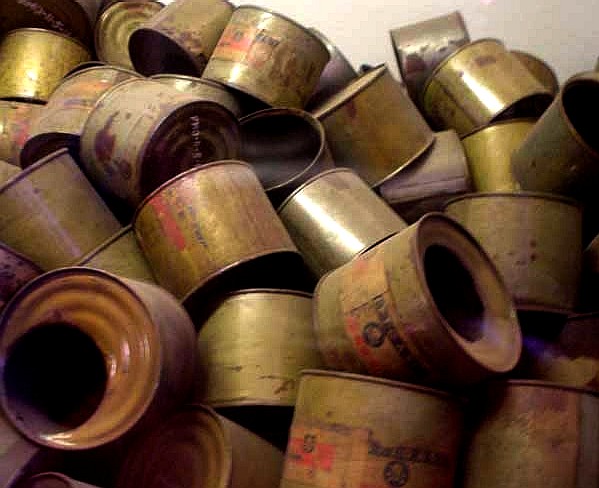
Nazi Germany made extensive use of various types of gas chamber for mass killing.
Beginning in 1939, gas chambers were used as part of the Nazi euthanasia program aimed at eliminating physically and intellectually disabled people. Experiments in the gassing of patients were conducted in October 1939 in occupied Posen in Poland. Hundreds of prisoners were killed by carbon monoxide poisoning in an improvised gas chamber. In 1940 gas chambers using bottled pure
carbon monoxide were established at six euthanasia centres in Germany. In addition to persons with disabilities, these centres were also used to kill prisoners transferred from concentration camps in Germany, Austria, and Poland. Killings of concentration camp inmates continued after the euthanasia program was officially shut down in 1941.
During the invasion of Russia, mass executions by exhaust gas were performed by Einsatzgruppen using gas vans, trucks modified to divert
engine exhaust into a sealed interior gas chamber.
Starting in 1941, gas chambers were used at extermination camps in Poland for the mass killing of Jews, Roma, and other victims of
the Holocaust. Gas vans were used at the Chełmno extermination camp. The Operation Reinhard extermination camps at Bełżec, Sobibór, and Treblinka used exhaust fumes from stationary
diesel engines. In search of more efficient killing methods, the Nazis experimented with using the hydrogen cyanide-based fumigant Zyklon B at the Auschwitz concentration camp. This method was adopted for mass killings at the Auschwitz and Majdanek camps. Up to 6000 victims were gassed with Zyklon-B each day at Auschwitz.
Most extermination camp gas chambers were dismantled or destroyed in the last months of the
World War II as Soviet troops approached, except for those at Dachau, Sachsenhausen and Majdanek. One destroyed gas chamber at Auschwitz was reconstructed after the war to stand as a memorial.
By the time the Germans invaded
Poland in September 1939, unleashing
World War II, there were six concentration camps in the so-called Greater German
Reich:
1.
Dachau (founded 1933)
2.
Sachsenhausen (1936)
3.
Buchenwald (1937)
4.
Flossenbürg in northeastern Bavaria near the 1937 Czech border
(1938)
5.
Mauthausen, near Linz, Austria
(1938) and
6.
Ravensbrück, the women's camp, established in Brandenburg Province, southeast of
Berlin (1939), after the dissolution of
Lichtenburg.
..
|
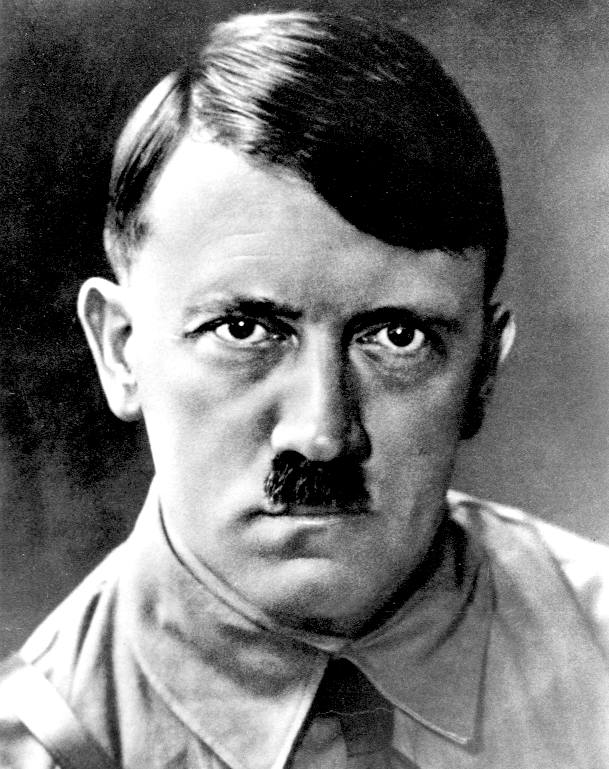
Adolf
Hitler
German
Chancellor
|
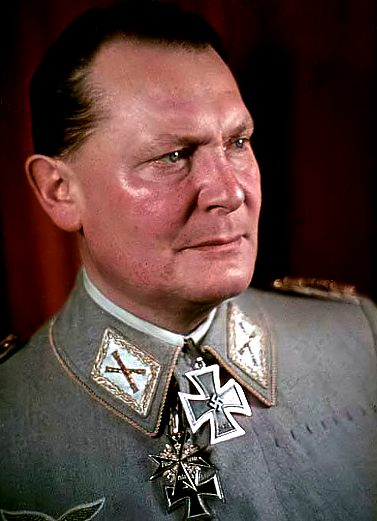
Herman
Goring
Reichsmarschall
Luftwaffe
|
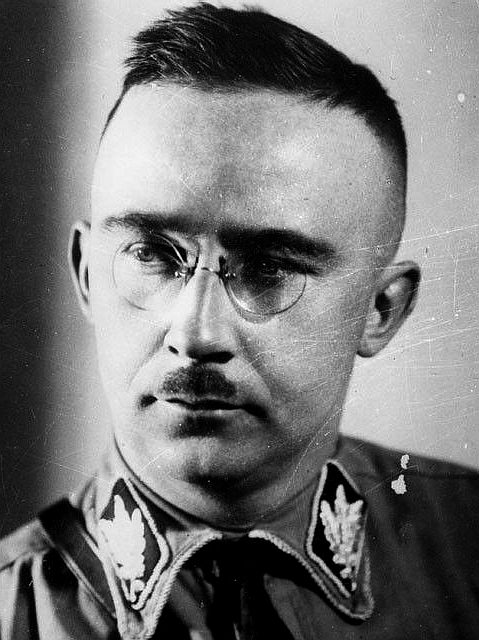
Heinrich
Himmler
Reichsführer Schutzstaffel
|
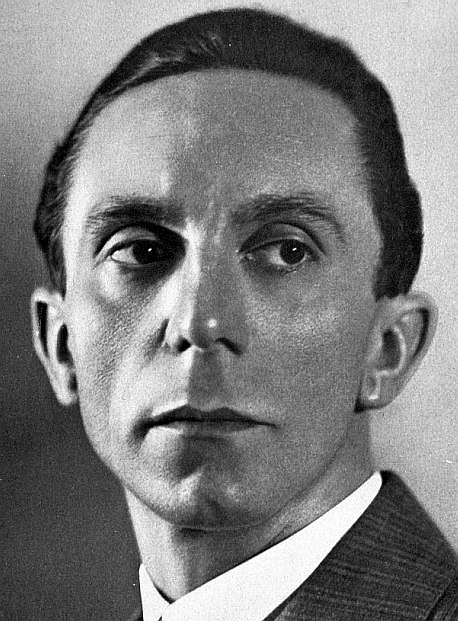
Joseph
Goebbels
Reich Minister Propaganda
|
|
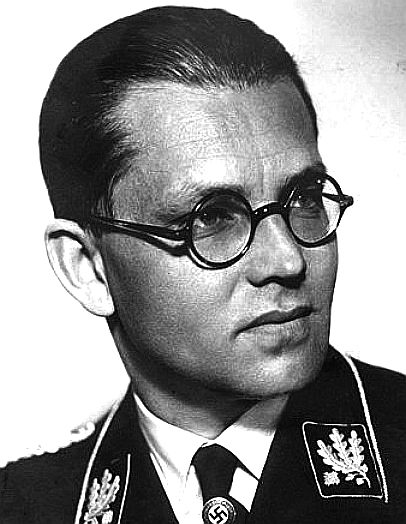
Philipp
Bouhler SS
NSDAP
Aktion T4
|
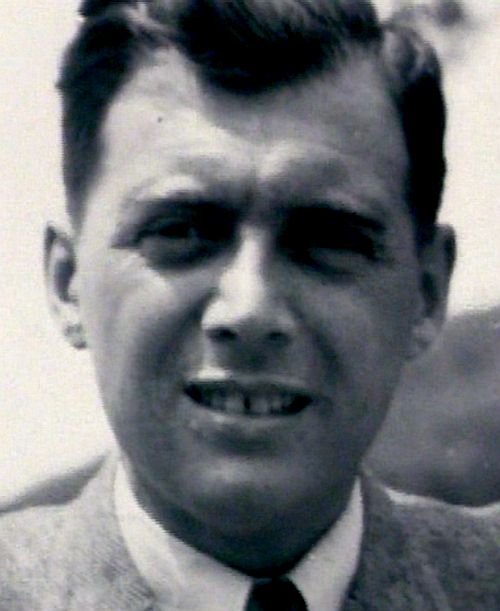
Dr
Josef Mengele
Physician
Auschwitz
|
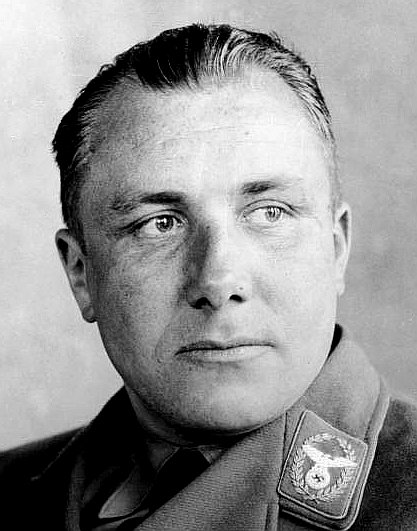
Martin
Borman
Schutzstaffel
|
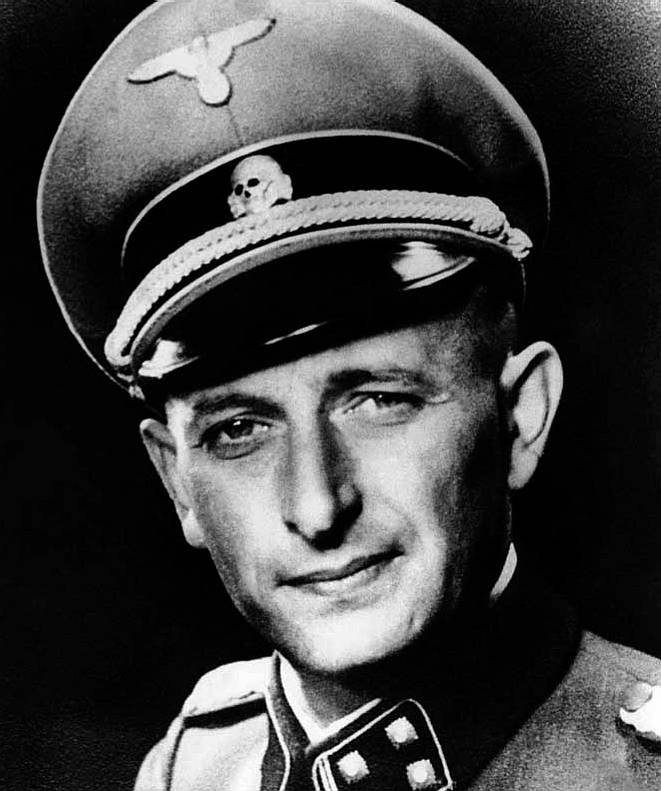
Adolph
Eichmann
Holocaust
Architect
|
|
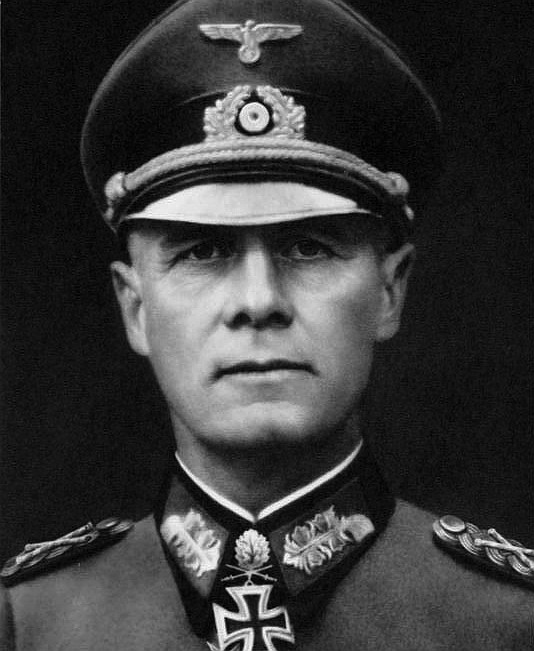
Erwin
Rommel
The
Desert Fox
|
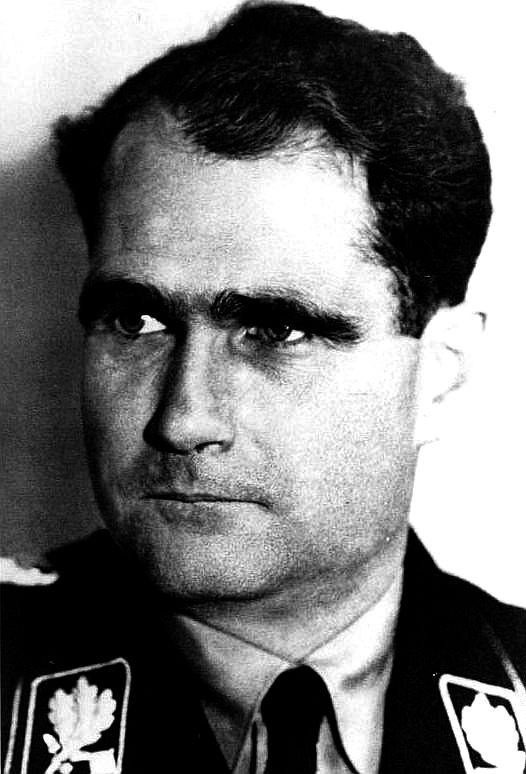
Rudolf
Hess
Auschwitz
Commandant
|
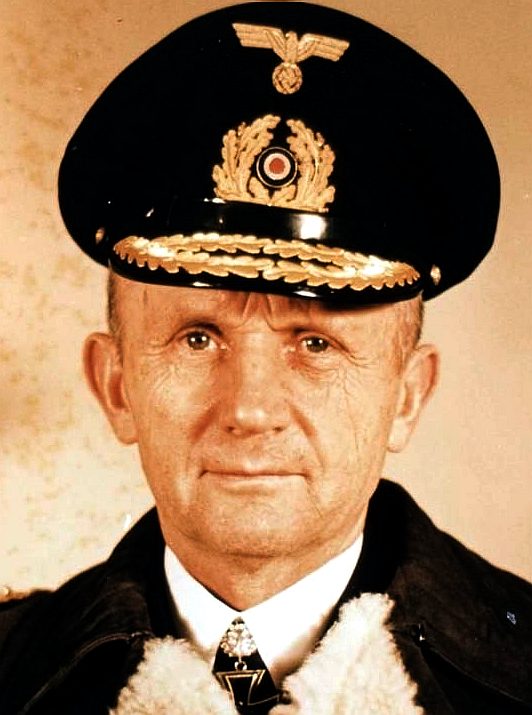
Karl
Donitz
Submarine
Commander
|
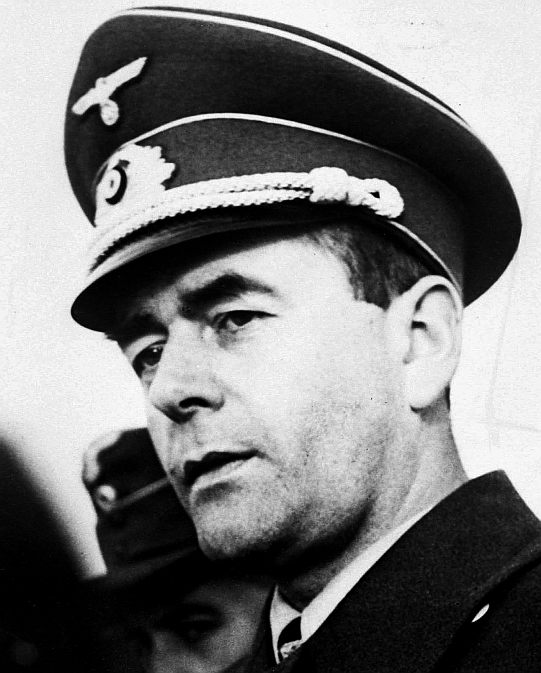
Albert
Speer
Nazi
Architect
|
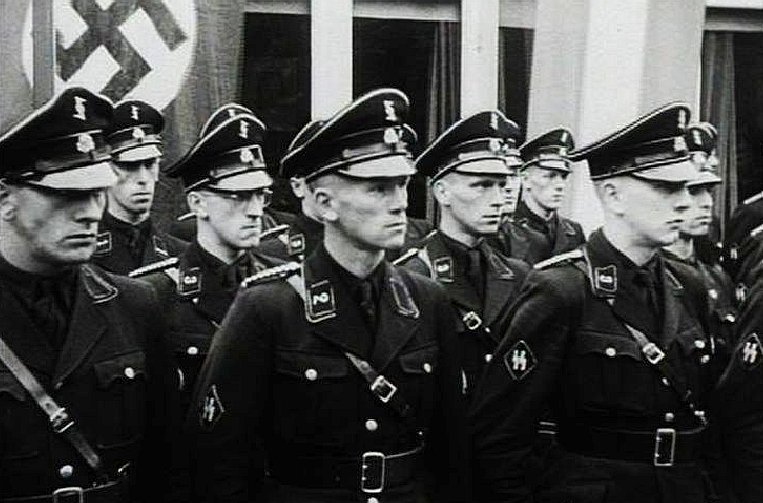
A
- Z OF NAZI GERMANY
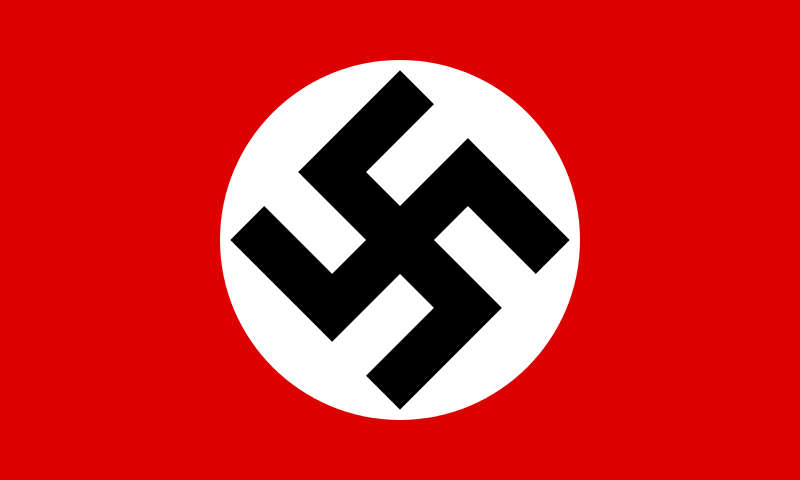
Good,
bad & evil A-Z
of humanity HOME
|















